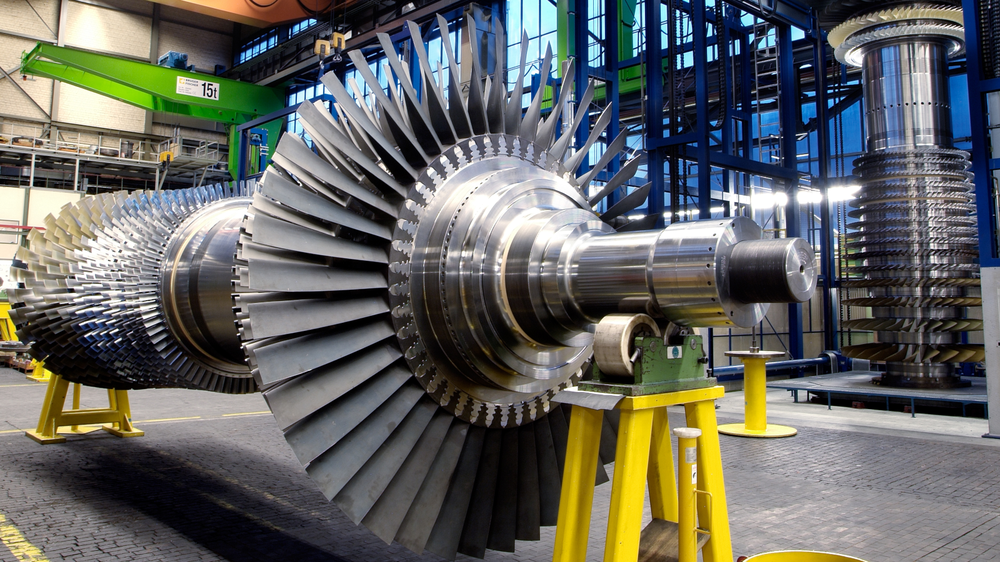Joint project RoBoFlex
The ever-increasing share of renewable energies in the electricity grid has repercussions on the historically evolved grid. The turbomachinery originally designed for fairly constant operation now has to manage new operating modes in conjunction with renewable energies. This not only increases the number of start and stop cycles for existing power plants. In particular, turbines are increasingly being operated in off-design mode. In addition, faster start-up processes are required to compensate for the availability of volatile renewable energies. As the high volatility means that a considerable amount of energy from renewable sources needs to be stored temporarily, synthetic fuels (Power-to-X) offer themselves as safe and reliable storage systems that can also be realised on an industrial scale.
The range of fuels used will therefore change in the future, moving away from fossil natural gas and towards biogas, hydrogen and synthetic fuels from Power-to-X, and may vary during operation. In order to meet these requirements, the turbomachinery needs to be more flexible. However, the required flexibility of today's turbomachinery is accompanied by higher wear, major efficiency losses in the partial load range and a shorter service life.
The aim of the sub-research projects is to upgrade the turbomachinery for the energy transition, as "gas-fired power plants have a high flexibility potential and can help to balance out fluctuating generation from renewable energy plants" and "fuel and load flexibility are therefore important research objectives, particularly for gas-fired power plants, in order to be able to provide system services."
Work packages
In WP 1 "Turbine operation in combination with renewables" and in WP 2 "Fuel flexibility and emission reduction", the projects focus on the impact of flexibility both on operation and in relation to the fuels used on the design of gas turbines.
WP 1: Turbine operation in combination with renewables
This work package deals, among other things, with investigations into increasing the part-load efficiency and the vibration and dynamic behaviour of turbine components in part-load operation.
WP 2: Fuel flexibility and emission reduction
The investigation and description of the effects of changing fuel composition on flame stability, the reduction of emissions during partial load operation and the challenges for combustion chamber cooling are key project objectives.
WP 3: Service life with highly fluctuating operation
The effect of load and thus temperature gradients in the machines with a significantly higher number of start-ups and shutdowns is being investigated with the aim of increasing the service life and thus the availability of the turbines in extended load-following operation. For a more accurate prediction of service life, it is necessary to use models to better understand the bursting behaviour of 4 turbine discs under cyclic loading or the influence of material inclusions or pores. This can then be used to derive specific design changes in the turbine design that lead to reduced service life consumption even with highly load-flexible turbine operation.
WP 4: Simulation methods and multidisciplinary optimisation
The work package includes the further development of extensive numerical methods for the mutual simulation of aerodynamic, thermal and mechanical phenomena with the aim of creating a more consistent digitalisation in order to be able to reliably accompany the development of the components and the evaluation of critical conditions in advance. Ultimately, the aim of these investigations is the integral description and simulation of a complete turbine and its individual components with regard to component behaviour in flexible operation.
Project structur plan

Facts and figures
Volumen
14.674 k€
Project duration
01.07.2019 - 31.12.2023

